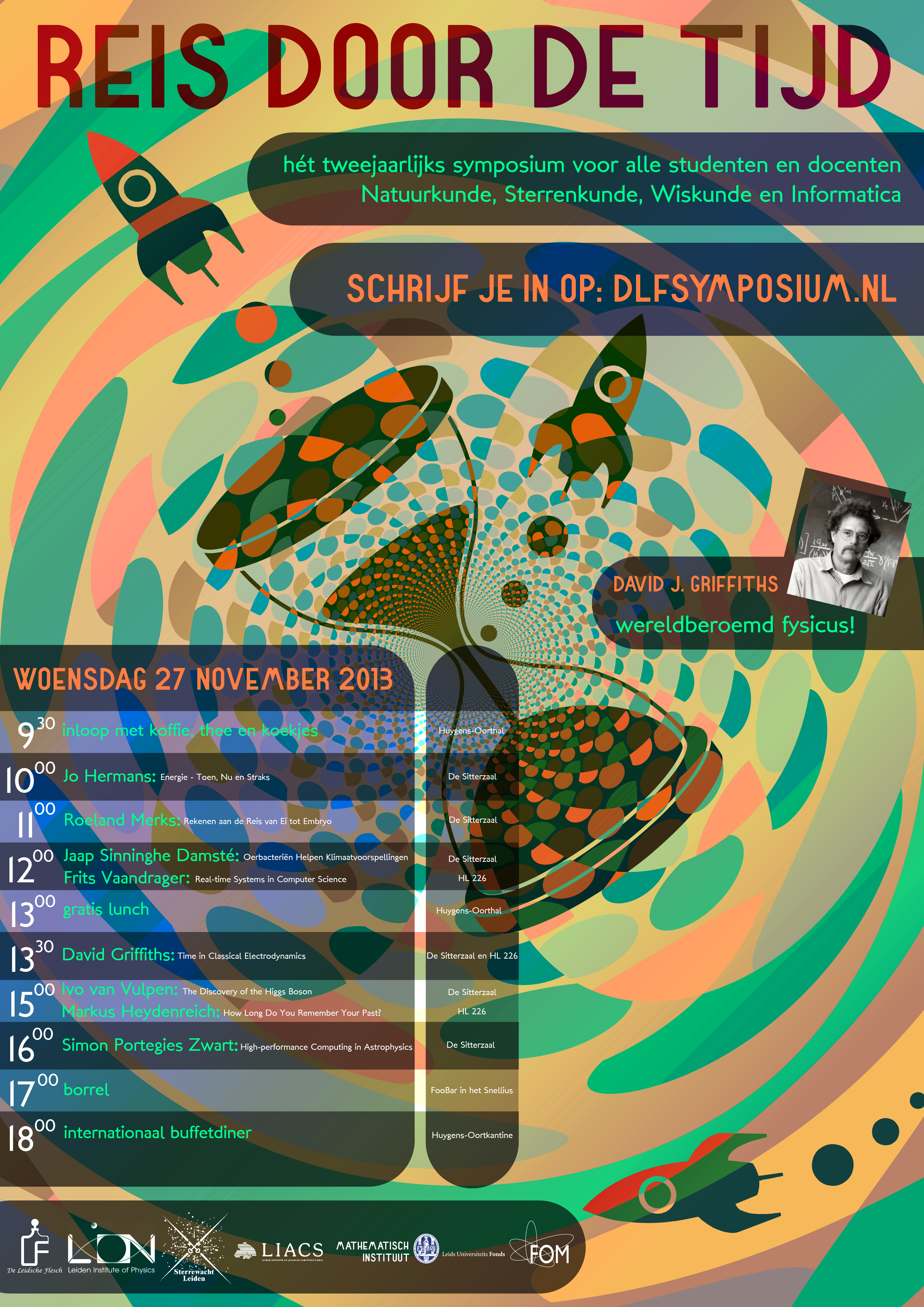Asteroseismology: Modelling Beta Pictoris' pulsations to weigh its giant planet
Summary: The radial velocity (RV) method is one of the most successful approaches applied so far to detect exoplanets.
Rapidly rotating and asteroseismologically active stars prove to be more challenging targets for this method,
as the stellar spectral line profiles become not only broadened but also asymmetrically perturbed in a time-dependent fashion.
In this project, we aim to attenuate the effect of noise caused by stellar pulsations on RV data in order to improve the accuracy by which planets can be found.
As a case study, we examine data of Beta Pictoris, which is known to be orbited by a giant planet that has hitherto escaped RV detection.
When: 2015 - 2016
Supervisor: Professor Ignas Snellen
Research group: Exoplanets,
Leiden Observatory,
Leiden University
The mean spectral line shape is best analysed with the spectral cross correlation function (CCF).
A spectral CCF is made by cross correlating a measured spectrum with some template spectrum. For the Beta Pictoris CCFs, a fixed template spectrum was used.
The time evolution of the spectral CCF during one night of observations can be seen in the movie below.
Website under construction.
It is apparent that the spectral CCF has ripples going over it.
These are due to stellar pulsations. A big sample of simulated spectral CCFs was created for various modes of pulsation.
The movie below shows both the measured CCFs of one night and the corresponding best fitting simulated CCFs.
In the video below, we see a simulation of the effect that a patch of stellar material moving in the radial direction has on the spectral CCF.
The velocity of the spot with respect to the surface is much smaller than the equatorial rotational velocity, so that the apparent motion of the blob is due to stellar rotation only.
In the video below, we see a simulation of the effect that a patch of stellar material moving in the azimuthal direction has on the spectral CCF.
The velocity of the spot with respect to the surface is much smaller than the equatorial rotational velocity, so that the apparent motion of the blob is due to stellar rotation only.
In the video below, we see a simulation of the effect that a sinusoidal oscillation in the radial direction has on the spectral CCF.
16 waves run over the stellar surface, which have a velocity amplitude of 2 kilometers per second.
In the video below, we see a simulation of the effect that a sinusoidal oscillation in the azimuthal direction has on the spectral CCF.
16 waves run over the stellar surface, which have a velocity amplitude of 2 kilometers per second.
In the video below, we see a simulation of the effect that a superposition of sinusoidal oscillations in the radial and azimuthal direction has on the spectral CCF.
The model is made sufficiently general that any orientation of the stellar rotation axis with respect to the line of sight can be simulated.
|

















